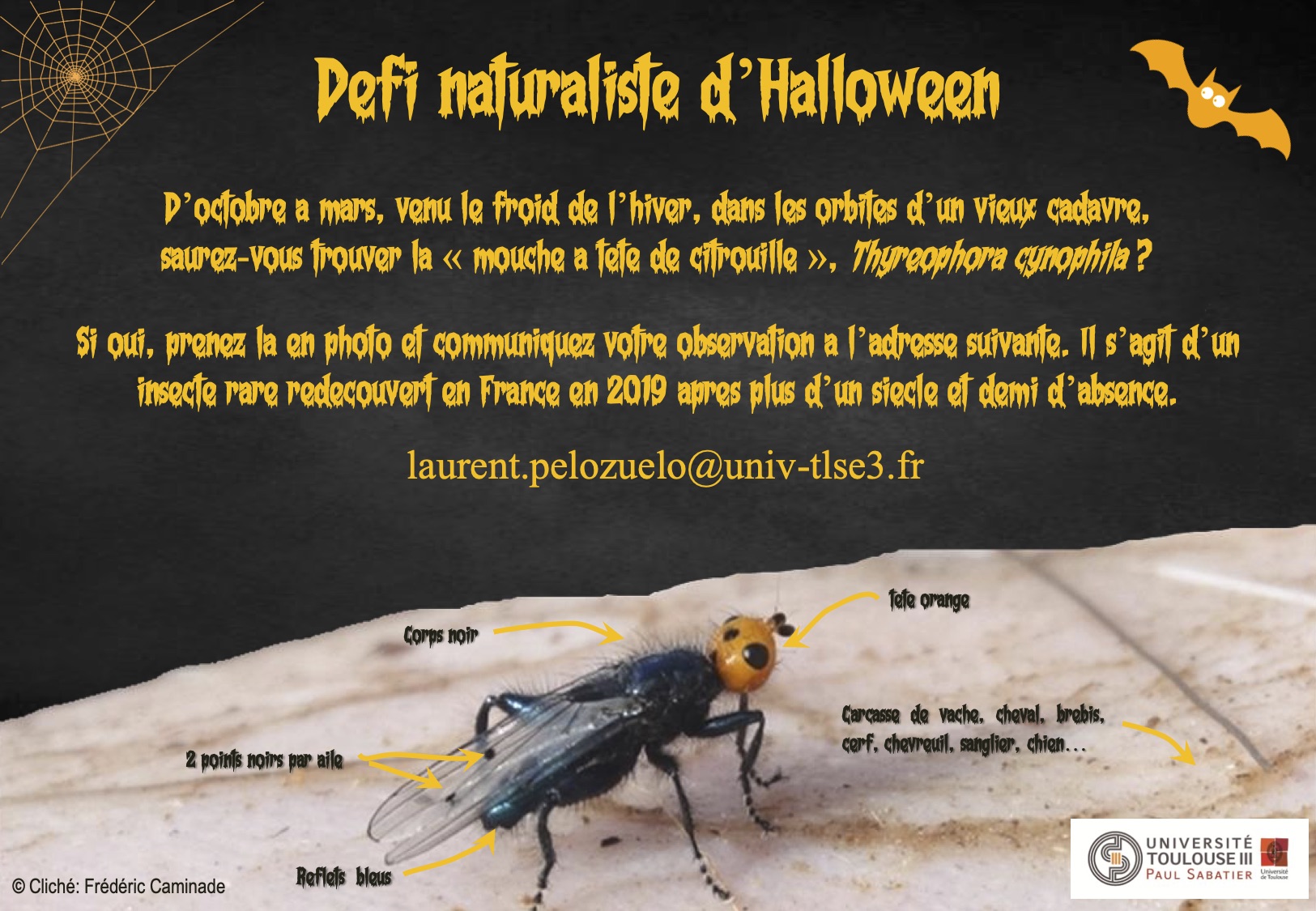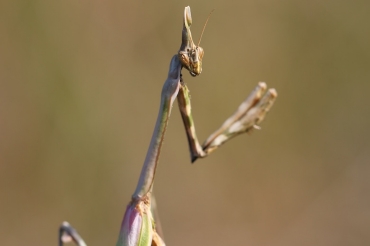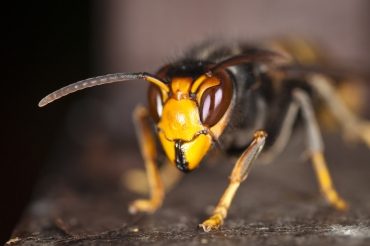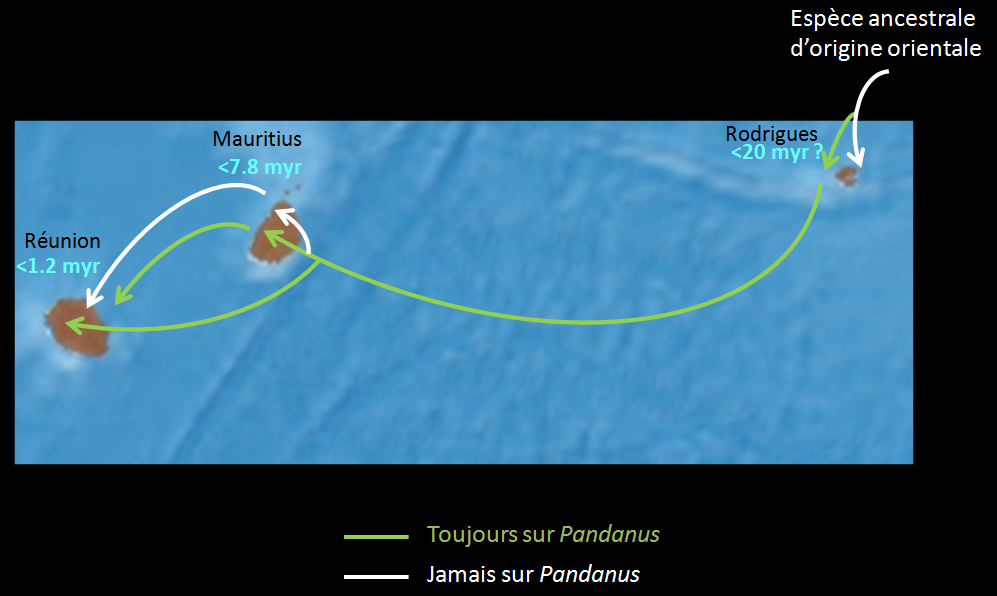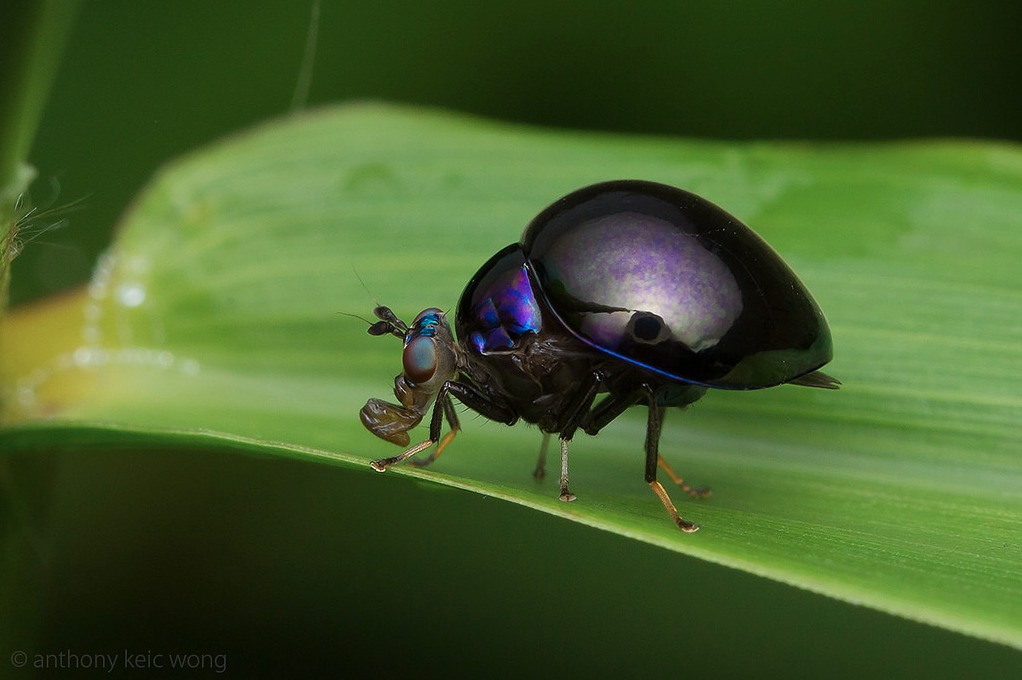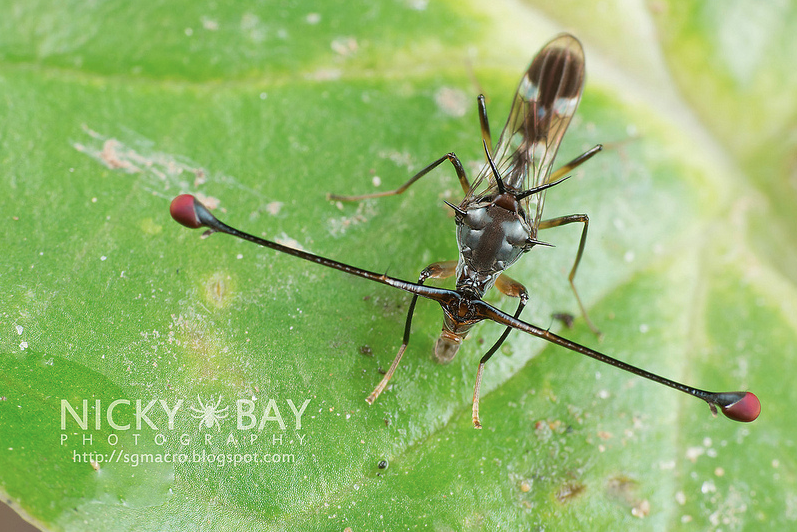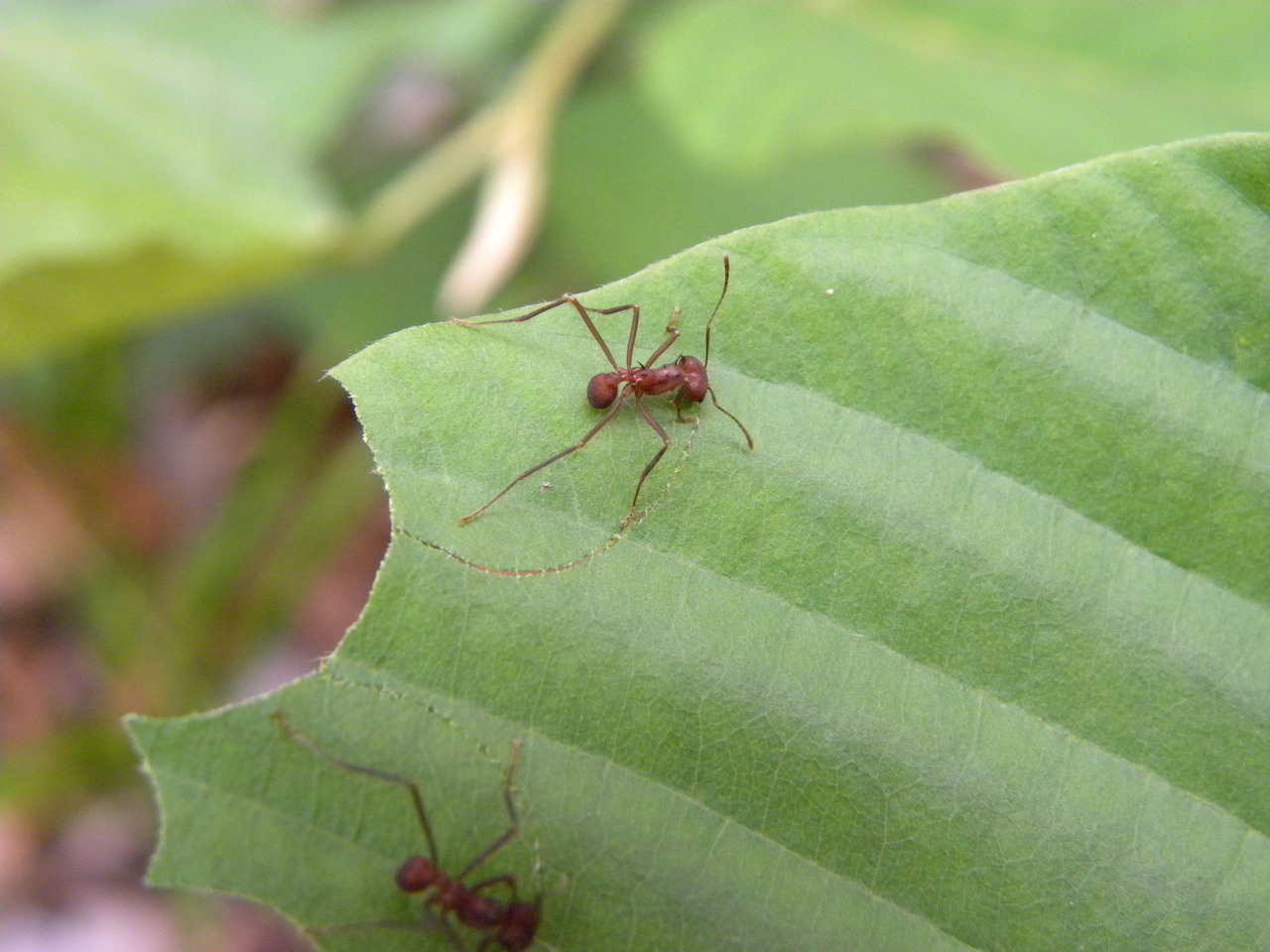Thyreophora cynophila Thyreophora cynophila had not been observed < 160 years ago than the orange head of a fly specimen ! This species of the family Piophilidae (photos below), described in 1798 by the botanist and entomologist G.W.F. Panzer (1755-1829), had last been observed near Paris in 1840. Its presence had previously been recorded in…
Tag: ecology
Ephydra hians: the diving fly of Mono Lake
Summer, the shores of Mono Lake in California are invaded by millions of small flies. The density is such that it sometimes reaches in places more than 2000 flies on the surface of a postcard, for a total population estimated at more than 100 billion individuals. These flies belong to a species: Ephydra hians (Ephydridae).…
The Mantodea: synthesis on these insects
By Nicolas MOULIN The mantises, a fascinating group of insects known to all for their voracity (some would say their cannibalism), are visible almost everywhere in the world. Only the poles and very high altitude environments do not support species. Elsewhere, they occur from the African deserts to the wet and relatively virgin areas of…
The Asian Hornet: A Recent Invasion
Introduction of the Asian hornet in France Vespa velutina, an invasive hornet from southeast Asia, is widespread from Nepal and northern India to eastern China, the Indochinese peninsula and Indonesia. In the 2000s, it was reported in Korea where its expansion is probably limited by competition from the other six hornets species present locally. He…
But where do the Ornebius of the Indian Ocean come from?
By Sylvain HUGEL The Mogoplistidae are a basal family of crickets, most of whose limbs are covered with flat, scaly bristles. None of them are capable of flying. A genus of Mogoplistidae is particularly diverse: the genus Ornebius which includes more than 100 species, mainly distributed in the Indo-Malaysian, Australian and Oceanian regions. Some species…
Duvalius abyssimus: a beetle of the depths
Post Views: 1,959 The ability of insects to colonize and adapt to extreme environments and inhospitable habitats is increasingly surprising. The discovery of a beetle
Diptera Celyphidae: when flies mimic Beetles
The world of insects sometimes contains surprising and mysterious species. Diptera (“flies”) Celyphidae are among them. caption id=”attachment_3078″ align=”alignright” width=”301″] Paracelyphus hyacinthus (Source : Anthony KeiC Wong-Flickr)[/caption] The name of this family comes from the Greek word “κέλυφος” which can be translated as “box” or “shell” which characterizes the most striking characteristic of these insects:…
Diopsidae flies: eyes perched far away!
Post Views: 3,375 Flies of the Diopsidae family have the amazing feature of having their eyes positioned at the tip of outgrowths called ocular peduncles
Hypocephalus armatus: a (very) unusual long-horned beetle
Post Views: 3,597 Hypocephalus armatus is a large South American Beetle em>Hypocephalus armatus is a large South American Beetle of a unique morphology among long
Mushroomists Ants of the genus Atta
Post Views: 3,073 The species of ants known as “mushroom ants” or “leafcutters” belong mainly to the genera Atta and Acromyrmex (family Formicidae and subfamily

